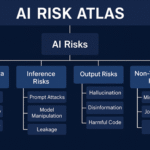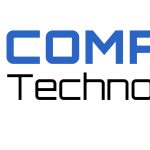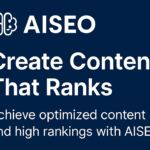Artificial Intelligence (AI) is revolutionizing the digital landscape, significantly impacting web development and Search Engine Optimization (SEO). As AI technologies advance, they are reshaping how websites are built, optimized, and discovered online. AI in Web Development: Enhancing Efficiency and User Experience AI tools are streamlining web development processes, enabling developers to automate routine tasks, personalize…
Read more: How AI Is Transforming Web Development and SEO in 2025

















